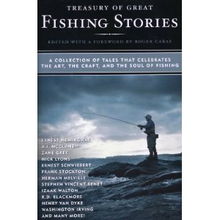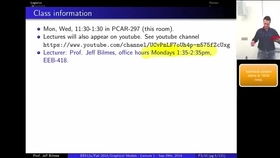Introduction
Fishing is an ancient pastime that continues to captivate anglers of all ages and skill levels. Whether you're a seasoned pro or a beginner looking to cast your line into the serene waters of a local pond, understanding the right techniques can make all the difference. In this article, we'll delve into the essential skills and strategies for pond fishing, complete with detailed illustrations to guide you through each step. Get ready to hook into a new level of fishing expertise!
Choosing the Right Pond
Step 1: Location, Location, Location Before you can start fishing, you need to find the perfect pond. Look for a body of water that is known for its fish population and has easy access. Public parks, lakes, and conservation areas often have ponds that are open to fishing.
Step 2: Regulations and Permits Ensure that you are aware of any fishing regulations or permits required for the pond you choose. Some areas may have size or catch limits, and you'll need to have the appropriate license.
Equipment Selection
Step 1: Rod and Reel Select a rod and reel that are appropriate for the type of fishing you plan to do. For pond fishing, a lightweight spinning rod with a matching reel is usually sufficient.
Step 2: Line and Leader Use a monofilament line with a breaking strength that matches the size of the fish you're targeting. A 6- to 12-pound test line is generally a good starting point for pond fishing.
Step 3: Hooks and Lures Choose hooks that are the right size for the bait you plan to use. For artificial lures, opt for those that mimic the natural prey of the fish in the pond.
Bait and Lures
Step 1: Natural Bait Natural bait can be very effective for pond fishing. Options include worms, insects, or small fish. Be sure to check local regulations regarding the use of live bait.
Step 2: Artificial Lures Artificial lures can be a great way to attract fish without the need for live bait. Spinners, jigs, and crankbaits are popular choices for pond fishing.
Casting Techniques
Step 1: The Cast Hold the rod with a comfortable grip and point the tip towards your target. Lift the rod back slightly and then forward with a smooth, controlled motion to cast the line.
Step 2: The Roll Cast The roll cast is a great technique for casting into tight spaces or when you need to present your lure or bait close to the shore. Start with the line straight out and then roll the line forward with your wrist.
Step 3: The Pitch Cast The pitch cast is useful for getting your lure or bait into tight spots. Hold the line with your fingers and make a short, accurate cast by flicking your wrist.
Fishing Techniques

Step 1: Patience Fishing requires patience. Wait for the fish to bite rather than constantly reeling in and out.
Step 2: Sensitivity Be sensitive to the movements of your rod. A sudden tap or pull can indicate a fish has taken the bait.
Step 3: Reeling In When you feel a bite, reel in slowly and steadily. Avoid reeling too fast, as this can cause the fish to escape.
Safety and Etiquette
Step 1: Safety First Always fish in a safe manner. Be aware of your surroundings and avoid dangerous areas near the water's edge.
Step 2: Leave No Trace Respect the environment and other anglers. Clean up after yourself and avoid disturbing the natural habitat.
Conclusion
Pond fishing can be a rewarding and enjoyable experience with the right techniques and equipment. By following the steps outlined in this guide, you'll be well on your way to becoming a skilled pond angler. Remember to practice patience, sensitivity, and safety, and you'll be reeling in fish in no time. Happy fishing!












